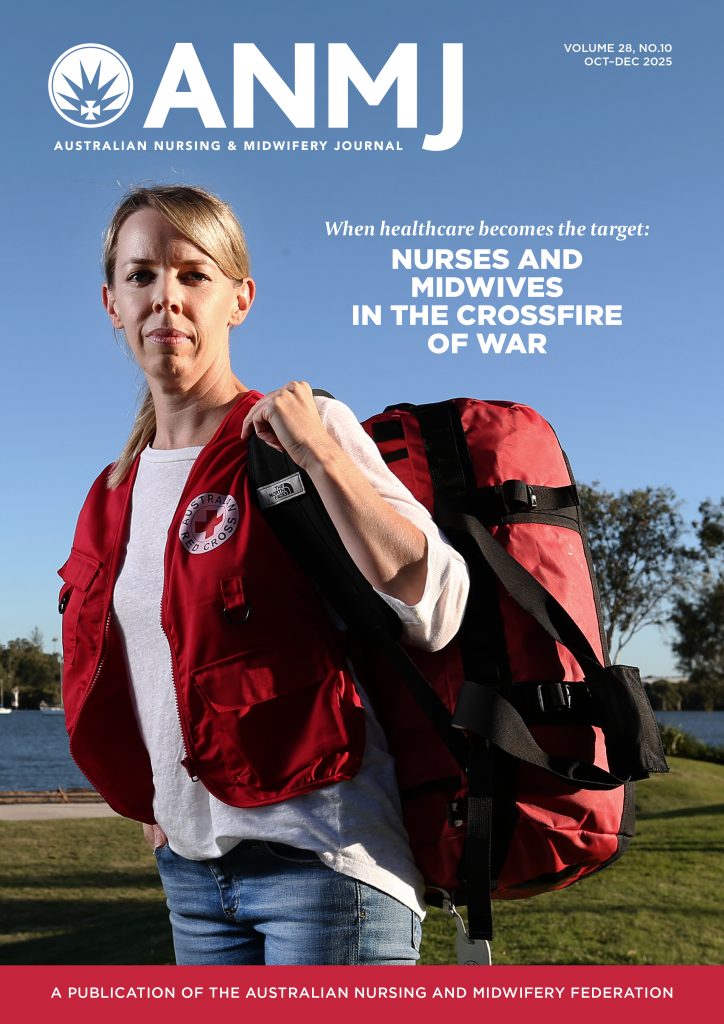The recent Fair Work Commission aged care work value decision confirmed that the work of aged care sector employees and nurses has been undervalued on the basis of gender assumptions.1
The decision sets out a fascinating history of how and why gender-based assumptions about the value of women’s work has permeated Australia’s industrial relations system since its inception in the early 20th century. A brief look at what those assumptions were, helps us to understand why achieving gender equality in wage setting is so important.
The 1907 Harvester decision is the starting point in the role of industrial tribunals setting minimum wages. Justice Higgins looked at what was required to meet ‘the normal needs of the average employee’ being a married man with three children.
This approach was confirmed in the 1912 Fruit Pickers decision. In that case a dispute arose about the rates to be set for fruit pickers, work predominantly performed by men, and fruit packing, which was done by women and girls. Justice Higgins observed that for fruit pickers, it was not just about the value of the work. As the work was performed by men, the wage rate must be enough for the man to support his wife and children, whereas for fruit packers, it would be exceptional for a female worker to have such an obligation. This justified setting lower rates for fruit packers, because a woman only needed her wages to cover her own food, shelter, and clothing.
This concept was made more evident in the 1921 Archer decision, which observes ‘it is not fair to force employers to pay for all that a girl may fancy as being necessary human requirements.’
These early decisions reflected social policy- it is desirable for men to go out to work but not for women to be dragged from their homes to work. Wage setting principles were intended to ensure that employers would not employ women to undercut male wages. Work suited to men- such as blacksmithing, had a higher starting rate, as women were unlikely to do the work and therefore posed no competition for the work. For work more suited to women, such as millinery or fruit packing, requiring nimble fingers and dexterity, wage rates were set approximately 25% less than the rates for male dominated work, as there would be few men who would compete for such work.
The award system recognises additional skills through increased wage rates. This too, has long been subject to gender assumptions. For instance, during WWII, women entered more male dominated trades, such as metal trades. A 1945 Inquiry into Female Minimum Rates, noted, however, that women did metal work that they were adept at due to their nimble fingers, but which did not require the skill and experience of a tradesman.
The post war period resulted in some improvement to female wages. Nevertheless, wage setting tribunals remained concerned that increasing women’s wages, even for work of comparable skill to that done by men, would depress the relative living standard of men and their dependent families. One tribunal noted ‘the share of men workers in the fruits of production will need to be reduced if women are to participate therein on an equal footing’. Furthermore, increasing the basic female wage would ‘put an intolerable strain on the economy’.
Greater shifts in wage setting occurred in the 1960 and 70s, with the introduction of the concept of equal pay for equal work. The 1969 Equal Pay Case set out principles for wage setting, that said if work is done under the same award at the same classification by men and women, then the rate should be the same. This, however, did not address the problem of work done in female dominated industries, such as nursing.
In the following decades, work value assessments were intended to address this problem, by comparing work performed in female dominated industries with work done in male dominated industries. Such assessments, however, were only to deal with wage setting anomalies, and the problem of identifying comparable work was not resolved. The perception that skills exercised in female dominated work were not as valuable, meant historical undervaluation, for nurses in particular, was never properly remedied. All of these factors carried through in the setting of Modern Award rates in 2009.
The 2024 decision and ANMF applications to vary the Nurses Award will see the end of over a century of undervaluation of women’s work.
Reference
For references in this article see [2024] FWCFB 150 [25]-[75].








